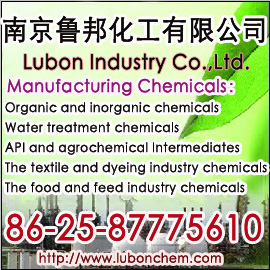HAZARDS
Health hazards: mainly cholinergic crisis. The main symptoms include salivation, lacrimation, blurred vision, tremors, convulsions, delirium, coma, nausea, vomiting, diarrhea, abdominal pain, and finally respiratory failure and death.
Environmental hazards: hazard to the environment, water and soil pollution.
Explosion hazard: The product flammable, highly toxic.
First aid measures
Skin contact: Remove contaminated clothing, rinse with plenty of water.
Eye contact: Did eyelid, mobile water rinse or saline. Medical treatment.
Inhalation: rapidly from the scene to fresh air. Keep the airway open. If breathing is difficult, give oxygen. If not breathing, give artificial respiration immediately. Medical treatment.
Ingestion: drink plenty of water, induce vomiting. Gastric lavage, catharsis. Medical treatment.
Fire-fighting measures
Hazardous characteristics: case of fire, combustible high fever. Heating decomposition and emit nitrogen, sulfur oxides and other toxic gases.
Hazardous combustion products: carbon monoxide, carbon dioxide, nitrogen oxides, sulfur oxides.
Fire fighting methods: firefighters are required to wear gas masks, at a safe distance, the wind on fire.
Extinguishing Media: Water spray, foam, dry powder, carbon dioxide, sand.
Spill response
Emergency treatment: isolation leak contaminated areas, restricting access. Cut off the fire source. Recommended emergency personnel wearing self-Pressurized respirators to wear protective clothing. Clean shovel collection in a dry, clean, covered containers, transferred to a safe place. You can also rinse with plenty of water, wash water diluted into the wastewater system. If large spills, recycling or collection shipped to the waste disposal sites.

